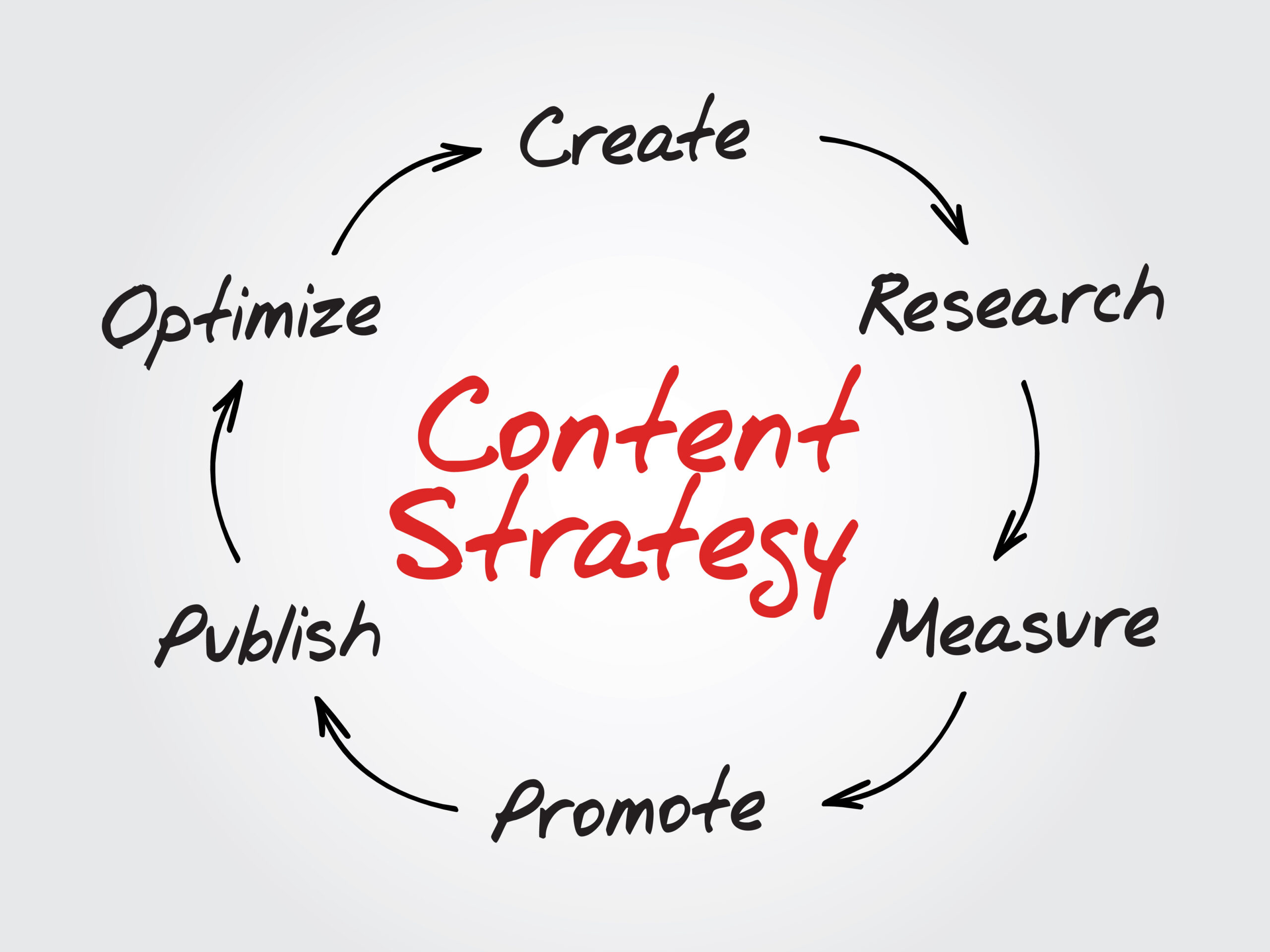If you want to make your website more powerful and attractive, you need to focus on SEO. It’s not enough to create a good-looking site; it needs to be optimized for search engines as well. This blog post will discuss some common mistakes that could sabotage an SEO strategy and how you can avoid them.
Having no strategy
Everyone wants more traffic for cheaper, but you have to work hard at SEO for it to pay off. It’s all about creating a solid foundation with clear goals that can be measured against specific milestones. All of this starts with an actionable attack plan, so every aspect is covered, from content marketing strategies to competitor research updates.
Not knowing your audience
Your audience dictates every aspect of your SEO strategy. From content creation to marketing and everything else in between, understanding your audience is crucial to creating a successful SEO strategy. Knowing your audience means knowing what they want, how to get their attention, and where they are. Failure to understand them can doom your efforts before you even get started.
Not using the right keywords
Including the wrong keywords in your website content or titles can hurt your SEO ranking instead of helping it. Make sure to use keyword research to determine which words and phrases are most relevant to your business and target audience.
Targeting too many keywords
Focusing on too many keywords can also harm your SEO efforts. Target a couple of high-traffic, low-competition keywords closely related to your business instead of trying to rank for a bunch at once.
Not tracking progress: You need to track your progress if you want to know whether or not your SEO strategy is working. Use analytics tools like Google Analytics or Moz Pro Open Site Explorer to track your website’s search engine ranking, organic traffic, and other vital metrics.
Ignoring link building
Link building is an essential part of any SEO strategy. Get in touch with other bloggers and websites in your industry to exchange links and build up your site’s backlink profile.
Failing To Make Use Of Analytics Data
Google analytics will give you the insights needed on who visits your site and why; however, if not used properly, it can lead marketers astray without them even realizing it until it’s too late! That said, make sure you’re using UTM parameters to properly track campaign data (source, medium, and term), so you can attribute conversions back to the channels that are driving them.
Using duplicate content
Don’t plagiarize your content. It’s not only unethical, but it can hurt the credibility of your website and business as well. Copyscape is a free tool that will tell you if other sites have copied any text on your site or blog post so that you can reach out to them for proper attribution.
Using outdated SEO tactics
Don’t rely on link-building tactics from five years ago just because they used to work back then! If Google gets wise to specific techniques being overused, they’ll put an end to them in no time flat, which could leave you with a severely compromised web presence until new strategies are found!
Not using meta tags correctly
Meta keywords should be around ten words long, while descriptions should be between 150-160 characters long. Make sure to use your most important keywords in these areas while avoiding over-optimization, which can lead to penalties for spammy behavior.
Using incorrect title tags
Title tags are the titles of web pages that show up on search engine results and should be less than sixty characters, so they don’t get cut off by Google. Use your brand name and a few of the top keywords you’re targeting in this area without stuffing them since it won’t help SEO at all!
Not having an editorial or content plan
Consistency is vital for blogging; however, more isn’t always better if it doesn’t make sense with what you’ve already published (or haven’t). Having some editorial or content plan will help you stay on track and ensure that all of your published content is high quality, relevant to your target audience, and helpful in terms of SEO.
Forgetting technical details
Although Google has said that they don’t factor in site speed as a ranking signal, it should still be noted that having a slow website will hurt your SEO efforts. Make sure to check your server response time and load times using WebpageTest or Pingdom Tools for desktop browsers, mobile devices, and tablets so you know how fast (or slow) yours is compared to others.
Creating and using the wrong content
This is a big one! So many people mistake creating and using content that isn’t original, relevant, or helpful. Not only will this hurt your SEO efforts, but it could also damage the credibility of your website and business as a whole.
Creating and using the wrong content can sabotage your SEO strategy. Make sure you’re aware of these common mistakes so you can avoid them at all costs! If you want a detailed SEO strategy, consider talking to an SEO professional.

















